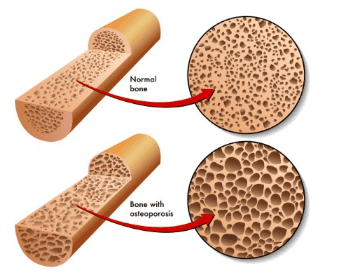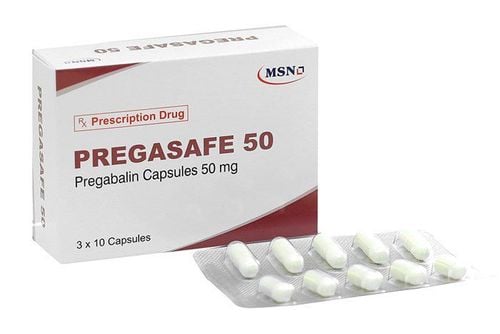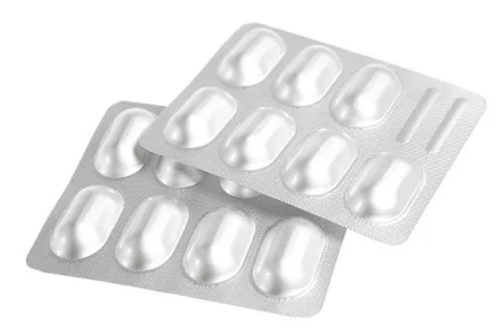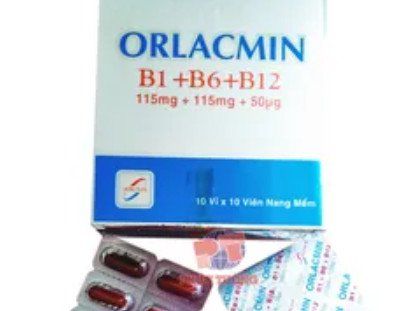This is an automatically translated article.
Sciatica is a common disease in the elderly. If not detected early and treated properly, the disease can leave many sequelae, adversely affecting the patient's health, even causing disability.
1. What is sciatica in the elderly?
The sciatic nerve is the longest nerve in the body, running from the waist down to the bottom of the leg, has the function of controlling sensations and controlling the movements of the legs, helping the legs to perform well. walking, standing up - sitting down. Sciatica is pain along the path of the sciatic nerve caused by a pinched or damaged sciatic nerve.
Sciatica (great sciatic nerve pain) is a disease that occurs in 2% of the general population and in 17% of the population over 60 years of age. The disease causes pain, difficulty in movement and greatly affects the patient's quality of life.
2. Causes of sciatica in the elderly

Thoát vị đĩa đệm vùng thắt lưng là nguyên nhân gây đau thần kinh tọa ở người già
Lumbar disc herniation: accounts for 60-90% of cases of sciatica. Natural aging and direct pressure cause the nucleus pulposus in the disc to escape, compressing the sciatic nerve causing pain; Abnormalities of the lumbar spine such as spondylolisthesis, spinal stenosis, Paget's disease, spondyloarthropathy, vertebral pedicle hypertrophy, bone tumor, cancer metastasis to the spine, local inflammation ,...; Problems along the way of the sciatic nerve: Perineal tumor compression, sacroiliitis, pyelonephritis,...; Problems in the spinal canal: Myeloma and myeloma, focal arachnoiditis, epidural abscess,...; Injury - impact causes nerve irritation, degenerative arthritis; Habits of living and working in the wrong way such as sitting for a long time, sitting a lot or sitting in the wrong posture, playing sports too hard,...; Other causes: Varicose veins around the roots, pear-shaped muscle syndrome, dural varicose veins, yellow ligament hypertrophy,...
3. Symptoms of sciatic nerve pain in the elderly
Patient presents with pain along the path of the sciatic nerve. Initially, pain in the lower back, then spread to the buttocks, to the outside of the thigh, the front of the shin, down the front of the ankle, the instep of the foot, ... Sometimes the patient feels pain like a crawling ant or a needle. .
The pain of sciatica is spontaneous, continuous, but there are cases of severe acute pain, pain when bending over, working hard, coughing, sneezing, straining to urinate - defecate. The pain can be relieved when the patient is lying down, especially when lying on a hard bed. Depending on the injury, the patient may not be able to bend over, not be able to lift the heel or toe, and gradually have atrophy of the thigh, buttock, and leg muscles on the affected side of the sciatic nerve.
4. Note when treating sciatica in the elderly

Điều trị đau thần kinh tọa ở người già bằng thuốc giảm đau không steroid
After being diagnosed with the disease based on clinical symptoms and necessary tests (electromyogram, computed tomography, nuclear magnetic resonance imaging,...), the patient has sciatica. appropriate treatment will be indicated. Some notes when treating sciatica in the elderly are as follows:
Treatment of the disease is aimed at reducing pain and limiting the risk of recurrence of pain and limiting the development of osteoarthritis; Pain relievers for patients are usually non-steroidal or corticosteroids, which can cause gastrointestinal bleeding; if used too much and overdose can lead to hypertension, osteoporosis, diabetes, ... should be used strictly according to the doctor's recommendations; Combination of local pain treatment, systemic treatment and treatment of direct causes; When pain is severe and sudden, the patient should lie still, immobilize the pain. The patient absolutely does not massage, massage or stimulate much to the painful area. Patients can take more pain relievers, muscle relaxants as prescribed by the doctor; Be careful when using drugs to treat diseases because most elderly people with sciatica are suffering from other diseases such as diabetes, obesity, cardiovascular disease, hypertension, gastrointestinal bleeding, etc. ..; When taking drugs, it is necessary to pay attention to the dosage because the elderly body has a reduced ability to eliminate the drug compared to the young. The dose of the drug should be gradually increased until there is a response to the drug, then stop, do not use the drug for a long time; It is recommended to combine medication with physical therapy such as applying wormwood leaves, applying hot salt, using heat, hydrotherapy, mud or swimming, acupressure massage,...; Have a suitable diet, increase the use of lean meat, eggs, shrimp, crab and yogurt because they are rich in calcium and magnesium and do not increase cholesterol. Patients should limit sugar, starch, avoid stimulants, eat less salt. The fresh fruits that should be eaten a lot are oranges, grapefruits, apples, ... and should eat more green vegetables such as amaranth, vegetables, bean sprouts, ...
5. Measures to prevent sciatic nerve pain in the elderly

Ngoài 30 tuổi nên theo dõi mật độ xương định kỳ để phòng tránh đau dây thần kinh tọa
Sciatica seriously affects the quality of life and activities of patients, so proactive prevention is very important. Some important notes include:
People over 30 years old should periodically monitor bone density to detect early osteoporosis causing osteoarthritis. This is especially important for manual workers who have specific jobs that require long hours of sitting every day for many months or years; Daily exercise should be about 30 minutes to stimulate blood circulation, good nutrition for organs and joints. The exercise movements must be gentle, suitable for bones and joints, not over-exercised; Reasonable living and eating regime: Limit alcohol, quit smoking, control weight, avoid excessive psychological stress, do not lie on too soft mattresses,...; People who often carry heavy objects should manipulate the correct posture, avoid injury to disc bulges or slip vertebrae Sciatica in the elderly is a fairly common disease and adversely affects motor function. of the patient. When the disease is detected, the patient needs to absolutely follow the treatment regimen of the doctor to reverse this disease and prevent the disease from recurring.
In order to detect the disease early, patients should have their general health checked regularly at reputable and quality medical facilities. Currently, Vinmec International General Hospital has general health checkup packages suitable for each age, gender and individual needs of customers with a reasonable price policy, including:
Health checkup package diamond general health check-up package Vip special health check-up package Comprehensive general health check-up package Standard general health check-up package Patient's examination results will be returned to your home. After receiving the results of the general health examination, if you detect diseases that require intensive examination and treatment, you can use services from other specialties at the Hospital with quality treatment and services. outstanding customer service.
To register for examination and treatment at Vinmec International General Hospital, you can contact the nationwide Vinmec Health System Hotline, or register online HERE.













